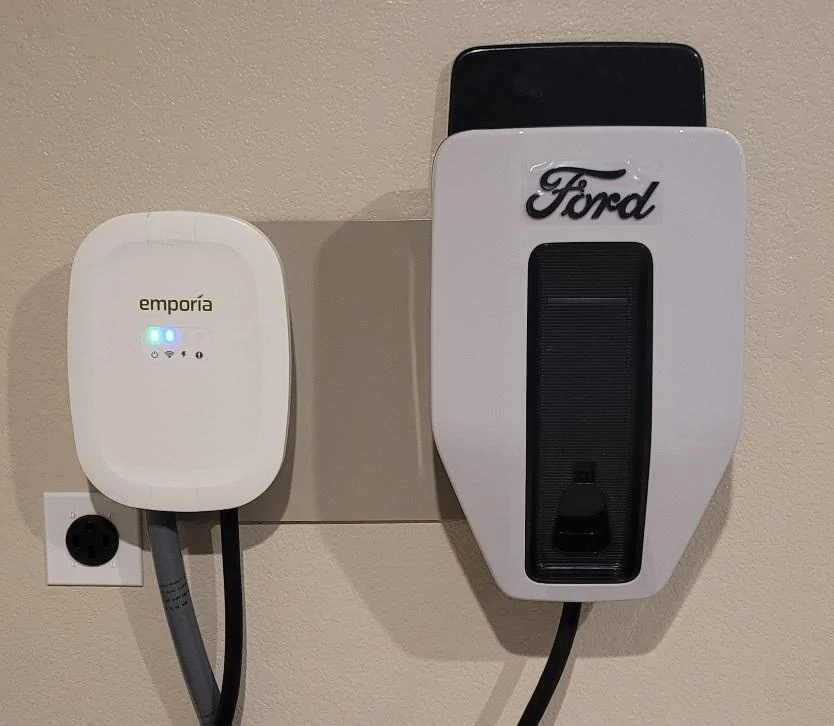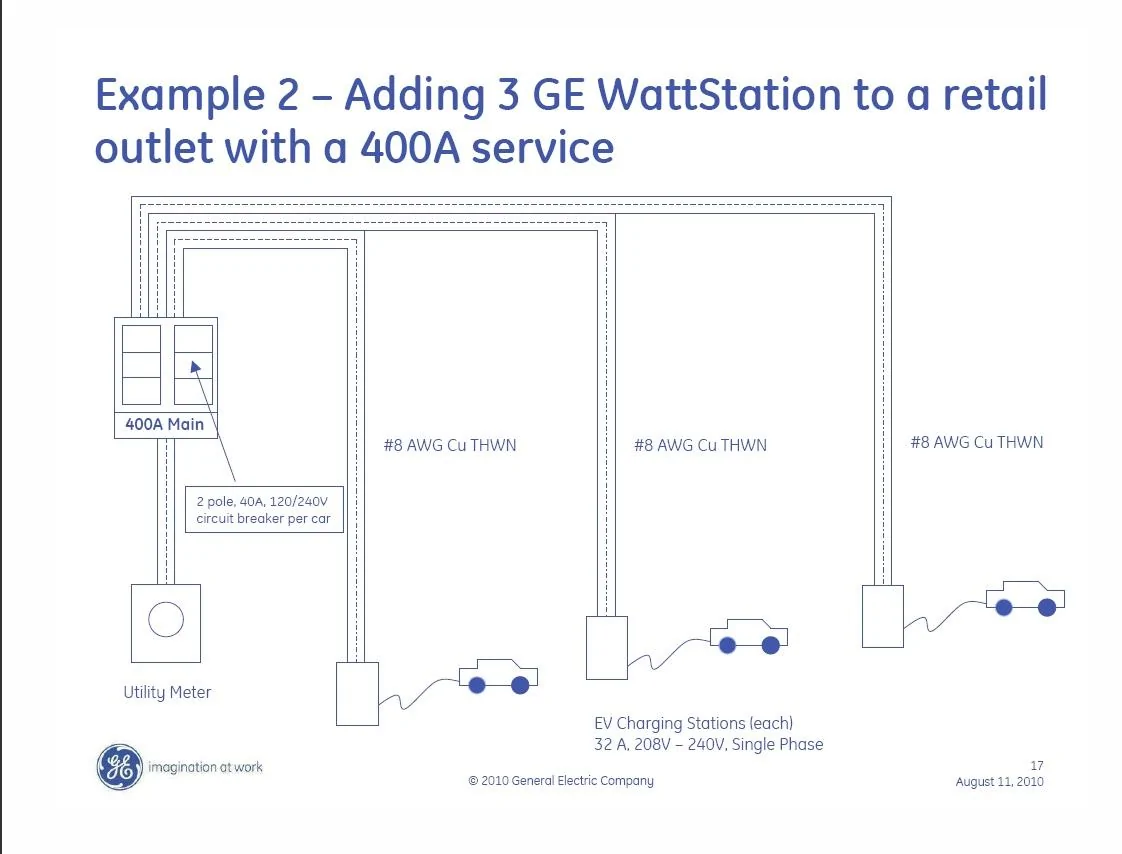Artificial Intelligence
Well-known member
- Thread starter
- #16
I agree with others. If I were in your shoes, I'd still ask for a 100 amp circuit to put your charger on. Future proof yourself now, even if you don't plan on it. I'd also plan on hard wiring what ever it is you end up choosing to use. Safer, more reliable. Maybe plan a secondary nema 14-50 outlet for back up and/or additional future proofing.
When we built our home back in 2016, I was considering going EV in the future and asked to have an additional outlet installed. Unfortunately I did not do my homework and added 120v outlets to the garage. I wish I knew then what I know now.
i like future proofing but it will still cost me some $$$ that the builder will charge... probably not as much if I had to do it all once house is complete
Sponsored




